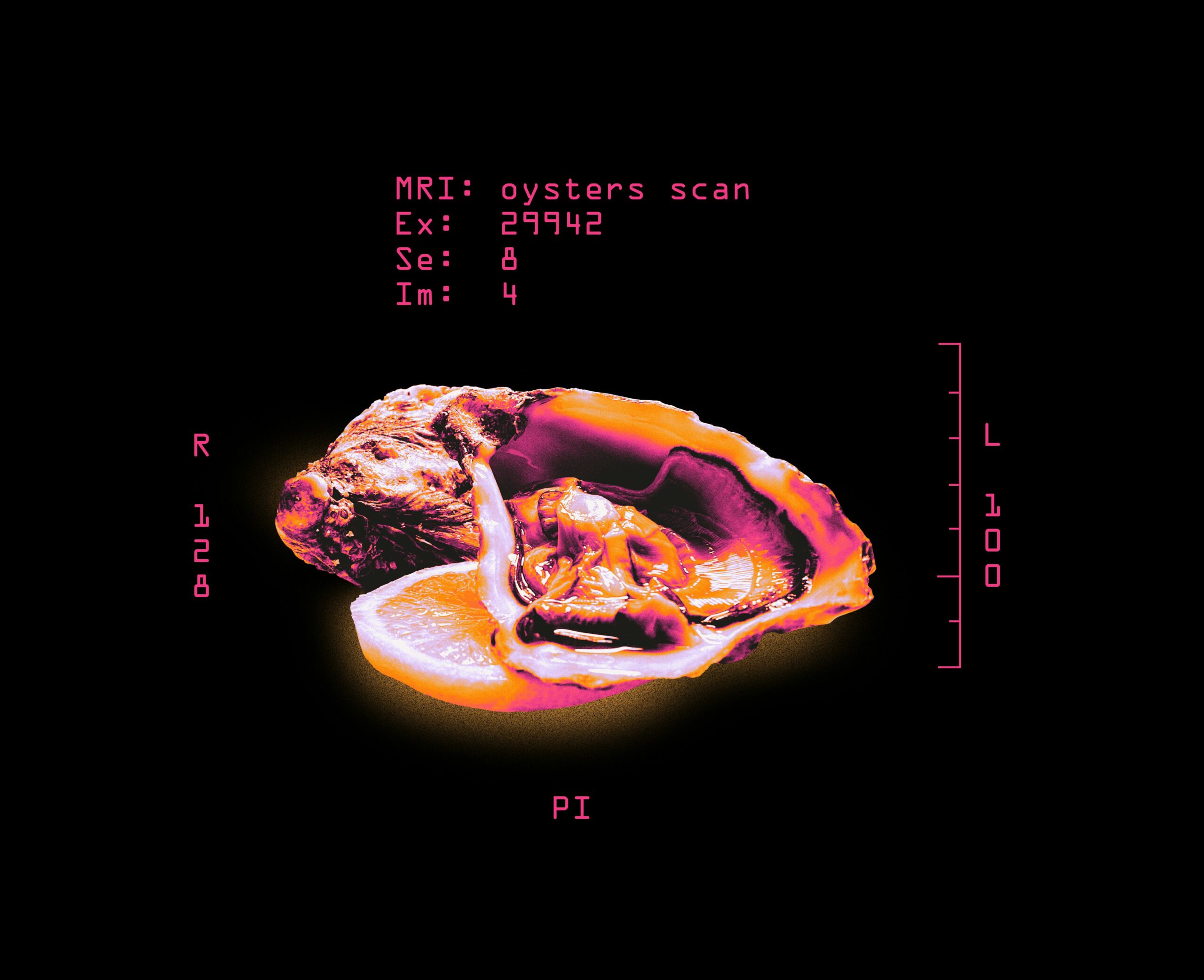In recent years, the conversation around animal ethics and dietary choices has surged in prominence. One increasingly scrutinized delicacy in the culinary world is the oyster. This mollusk, revered by many for its unique flavor and textures, provokes a pivotal question: is eating oysters tantamount to animal cruelty? To delve into this inquiry, we must first explore the biological and ecological aspects of oysters, examine prevailing myths surrounding their consumption, and consider broader implications for animal rights and ethical eating.
The Biology of Oysters: A Closer Look
Oysters belong to the class Bivalvia and are primarily found in marine environments. They play a crucial role in maintaining healthy aquatic ecosystems. Oysters filter vast quantities of water, removing particulates and thereby improving water clarity. This filtration process supports a healthy habitat for a plethora of other marine organisms. Biologically, oysters possess an intriguing simplicity; they lack a centralized brain and have a nervous system that is markedly less complex compared to higher vertebrates. Their existence is characterized by a series of reflexive actions designed for survival, primarily involving feeding and reproduction.
Understanding the neurobiology of oysters raises critical questions about pain perception. Current scientific consensus suggests that while oysters do respond to environmental stimuli — such as changes in light and temperature — there is insufficient evidence to conclude that they experience pain as sentient beings do. Their reflexive movements and ability to close their shells are instinctual responses aimed at preserving their survival. This distinction can be pivotal when engaging in discussions about cruelty and ethical treatment.
Debunking Myths: Sentience and Pain Perception
One of the predominant myths surrounding oyster consumption is that these creatures experience pain in a manner akin to mammals or birds. Advocates for animal rights often point to the consumption of live oysters, arguing that this practice is inherently cruel. However, credible scientific studies reveal that oysters lack the necessary neurological architecture to experience pain in a meaningful way. Unlike more complex organisms, their responses to stimuli are purely reflexive and do not indicate an awareness of suffering.
Moreover, many argue that the consumption of oysters is less ethically problematic compared to that of other animals. Given the ecological role oysters play and their unique biological structure, some advocates suggest that eating oysters could be viewed as a sustainable practice. Oysters can thrive in environments ravaged by overfishing and habitat loss, as they aid in restoring marine ecosystems when cultivated responsibly. Thus, some proponents advocate for a more nuanced understanding of oyster consumption, positioning it as a way to engage in responsible stewardship of marine resources.
Ecological Perspectives: Sustainability and Conservation
When contemplating the ethics of eating oysters, one must consider the ecological ramifications. Unsustainable fishing practices and habitat destruction present grave threats to mollusk populations. However, responsibly farmed oysters can contribute to marine conservation efforts. Oyster reefs provide habitat for various marine species, offering myriad ecological benefits beyond their immediate consumption. In this context, enjoying oysters may serve as an endorsement of sustainable fishing practices rather than an act of cruelty.
Additionally, aquaculture has seen significant advancements, allowing farmers to cultivate oysters while maintaining ecological balance. Innovative techniques in oyster farming can mitigate negative impacts on the environment, promoting biodiversity and water quality improvement. In this lens, the consumption of oysters extends beyond mere culinary pleasure; it can embody a commitment to sustainable practices and ecological regeneration.
The Ethical Landscape: Cultural and Social Considerations
In cultures where oysters are not only a delicacy but also an integral part of heritage and tradition, the discourse around animal ethics becomes even more complex. The interconnection between food, culture, and identity often necessitates a deeper exploration of ethical considerations. Social conventions shape perceptions of what is deemed acceptable concerning animal consumption. For many, oysters symbolize a culinary experience steeped in history, and challenging these traditions often requires sensitive dialogue that respects cultural significance while advocating for ethical treatment of all living beings.
As food movements grow, consumers are increasingly aware of their choices, leading to a greater demand for transparency in sourcing. In this context, the discussion around oysters compels us to consider questions like: How are these mollusks harvested? What environmental systems are affected during their culinary journey? A conscientious consumer must seek not only to satisfy palate preferences but also to respect the lives and ecosystems that support the food we consume.
Conclusion: A Thoughtful Perspective on Oysters
As the debate about dietary choices and animal ethics continues to evolve, the question of whether eating oysters constitutes animal cruelty must be approached with both scientific insight and ethical reflection. Oysters, as bivalves, exhibit biological characteristics that differentiate them from more sentient beings. The ecological benefits of consuming responsibly farmed oysters open a discussion about sustainability and conservation rather than cruelty. Likewise, cultural perspectives on the consumption of oysters prompt an understanding that goes beyond mere dietary choices. Ultimately, the conversation invites us to engage in thoughtful dialogue around our food systems and to make choices that reflect our values amidst the complexities of animal rights and ecological stewardship.










